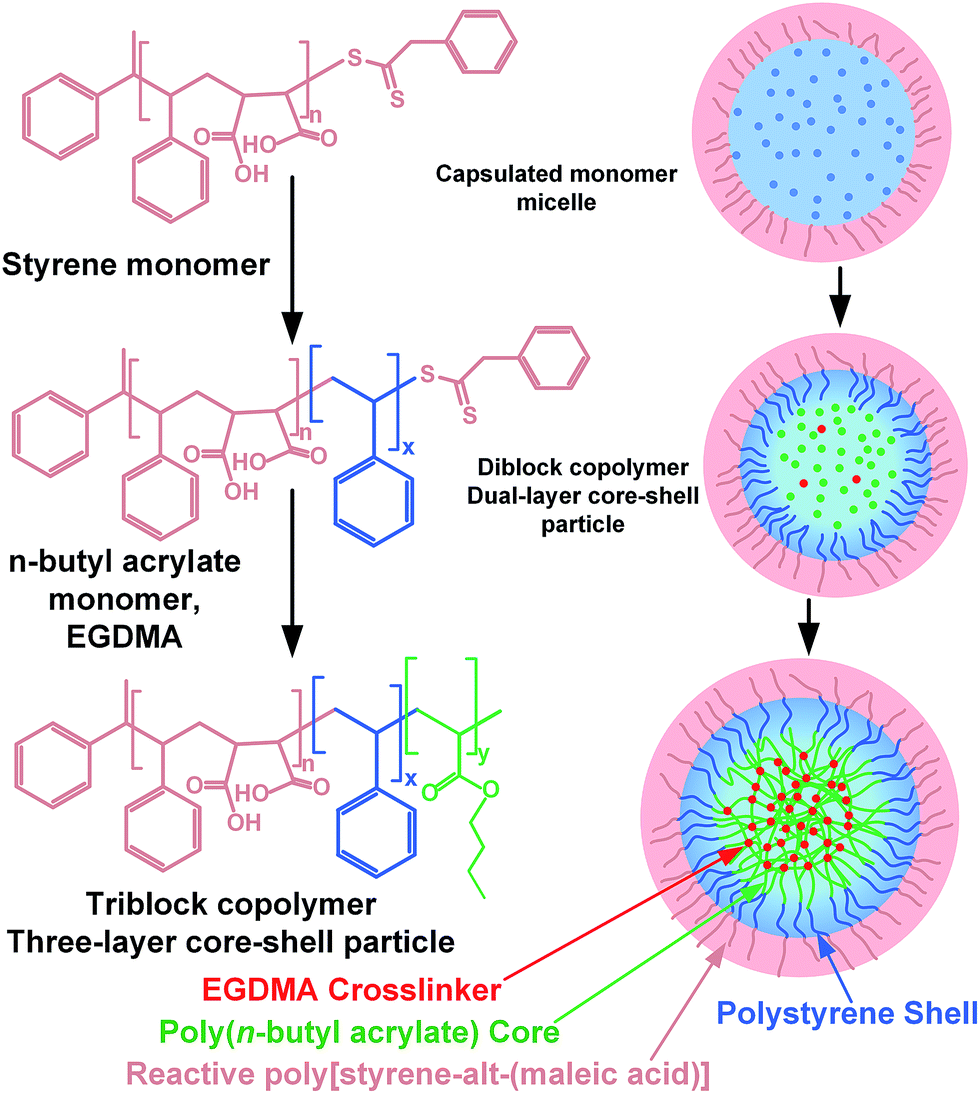

response to several stimuli, or a particular swelling behaviour. Increasingly complex microgel architectures like core-shell structures are of growing relevance, since they allow to create improved properties and additional functions like, e.g. At about the same time, Matthias’ group also started to work on core-shell microgels. In this area, Matthias Ballauff’s group started to contribute at the end of the 1990s of the last century. Moreover, copolymerisation with acrylic or other organic acids can be used to tune and enhance the properties of these colloidal gels. Copolymerisation of these monomers can be used to systematically vary the transition temperature. More details about copolymer microgels can be found in a review by one of us. The main difference between the respective microgels is their different VPTT.

However, also some other monomers appear in the literature from time to time. The most prominent ones are N-vinylcaprolactam (VCL), N-isopropylmethacrylamide (NIPMAM), and N, n-propylacrylamide (NNPAM). īesides NIPAM, other acrylamide monomers can be used to make microgels which also exhibit a so-called volume phase transition temperature (VPTT). Moreover, they are also potentially useful in drug delivery, as smart surface coatings, actuators in biomedical devices, stabilisers in switchable Pickering emulsions, nanoreactors, or smart carriers for catalytically active nanoparticles. This makes them interesting for applications in sensors, optics, and colloidal crystals. Microgels are fascinating materials because they are able to respond to changes of external parameters like temperature, pH, ionic strength, or external fields by changing their state of swelling. A lot of these publications deal with smart microgels. Since their first synthesis in 1986 by Pelton and Chibante, so-called smart microgels are subject of a steadily increasing number of studies, and in the period from 2018 to 2019, only on the topic of N-isopropylacrylamide (NIPAM), which is still the most studied responsive polymer, about 1600 publications can be found in the web of science.


 0 kommentar(er)
0 kommentar(er)
